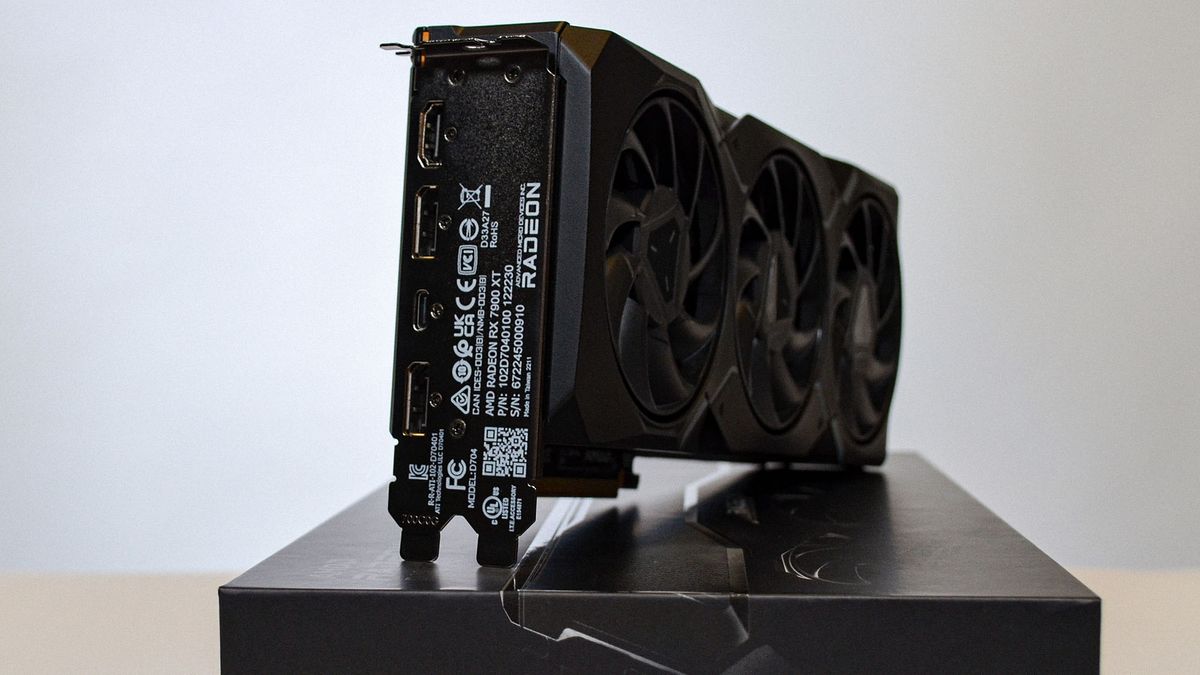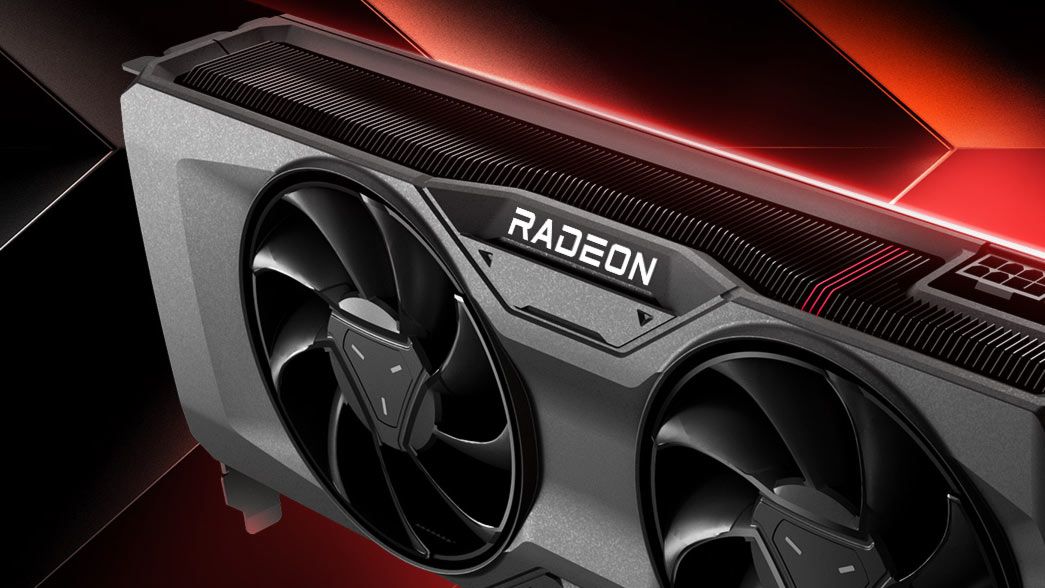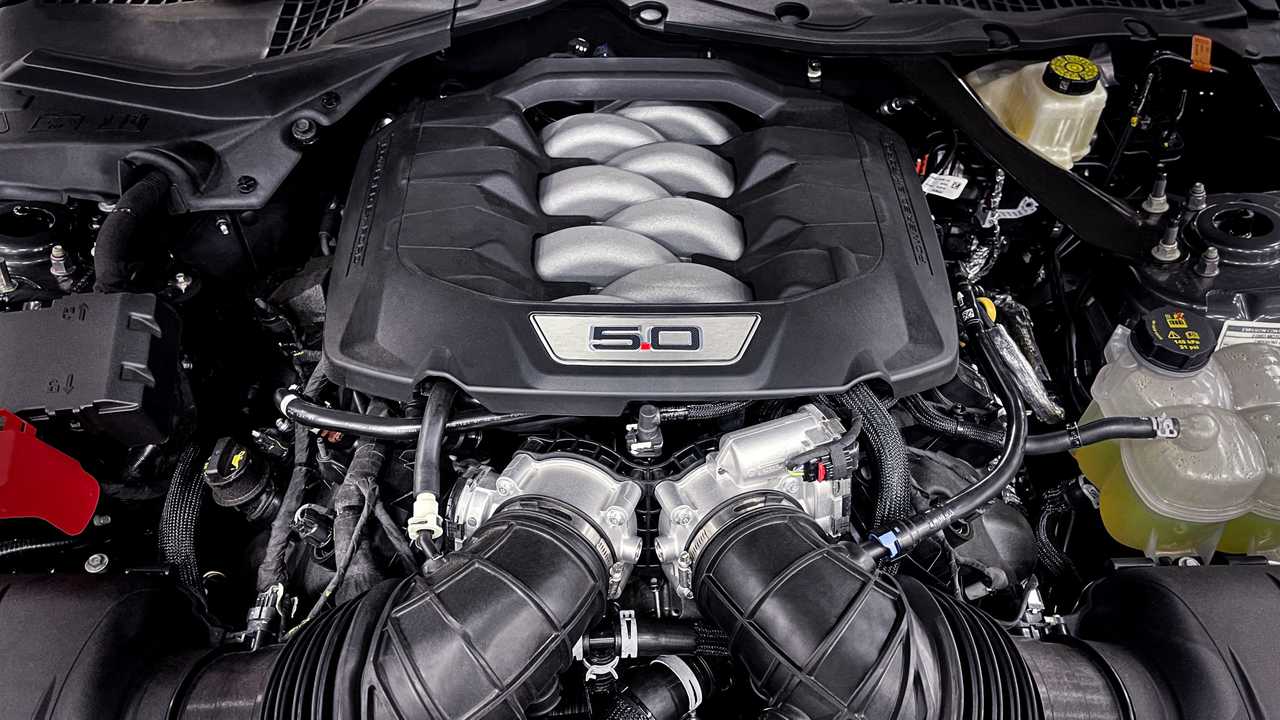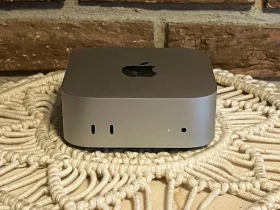AMD has shifted its business model to focus on customer scalability rather than directly competing in the high-end GPU market.
AMD has long been competing with NVIDIA in the GPU market, particularly in the flagship segment. However, recent rumors suggested that the company would not prioritize the enthusiast route for its upcoming Radeon RX 8000 “RDNA 4” series.
Reports indicated that one of the high-end Navi chips, Navi 4C/4X, had been canceled during mid-development.
These rumors have now been confirmed by Jack Huynh, AMD’s Senior Vice President and General Manager of the Computing and Graphics Business Group, who stated that AMD is shifting its focus towards targeting a broader market with low-to-mid-tier GPUs, aligning with the needs of a larger portion of consumers.
Historically, both AMD and NVIDIA have showcased their most powerful GPUs, such as the Radeon RX 7900 XTX and GeForce RTX 4090, in marketing efforts, often overshadowing other models in their respective lineups.
Consumers often form opinions about an entire GPU series based on the performance of these flagship models. However, AMD now aims to pivot away from this approach, realizing that 80% of the market lies in more affordable, mainstream products.
The company believes this shift will enable them to capture a larger share of the market, rather than focusing on a niche segment of enthusiasts.
Huynh explained the company’s new direction by emphasizing the importance of targeting a broader market. He stated, “My top priority is to build scale and capture 40 to 50 percent of the market faster.
Instead of focusing on just 10% of the total addressable market, I want to target the 80% because I don’t want AMD to be a brand only affordable for those who can buy Porsches and Ferraris.
We aim to build gaming systems accessible to millions of users.” He further clarified that while AMD will continue to produce high-performance products, the strategy of dominating the “King of the Hill” has not led to significant growth for the company.
Instead, AMD plans to focus on delivering high-value GPUs at competitive price points.

This shift doesn’t mean that AMD will abandon the enthusiast GPU segment entirely, but with the upcoming Radeon RX 8000 series, a new approach will be evident.
Huynh’s comments suggest that AMD’s focus will be on competitive pricing and value, rather than attempting to outpace competitors like NVIDIA with the most powerful and expensive GPUs.
AMD’s current strategy is reminiscent of the approach taken during the era of the Polaris architecture and the Radeon RX 400 and 500 series, which were known for their success in the mainstream segment.
While the high-end Vega series did not perform well in the gaming market, it found success in the workstation and high-performance computing (HPC) sectors.
The RX 5000 series, which was based on the RDNA architecture, built on this foundation and became a popular choice for gamers, similar to the RX 400/500 series.
However, while the RX 6000 series saw initial excitement, the RX 7000 series ultimately underperformed in comparison to NVIDIA’s high-end GPUs, especially in terms of sales and market impact in 2024.
Huynh acknowledged that AMD could have developed a GPU equivalent to NVIDIA’s RTX 4090 using the RDNA 3 architecture, but doing so would have required significantly more power and higher costs, making it less appealing.
Despite the performance and technological advancements of the RX 7000 series, it struggled to compete with NVIDIA’s RTX 40 series in terms of sales, as NVIDIA saw record GPU revenue while AMD’s gaming segment experienced a decline.
Looking ahead, the RX 8000 series represents AMD’s third attempt to build from the mainstream segment and then scale up to higher-end GPUs.
Recent reports suggest that the RDNA 4 lineup will follow a similar segmentation strategy to the RX 5000 series, with budget-friendly models expected.
Specific details on these models are still unclear, but AMD has hinted at more affordable options similar to its “GRE” variants from the RDNA 3 series, which successfully targeted the budget-conscious consumer market.
The AMD Radeon RX 8000 “RDNA 4” GPUs are anticipated to debut at CES next year, with the official launch expected to follow in the first quarter.







Leave a Reply